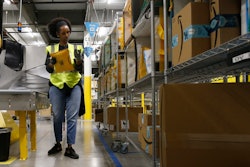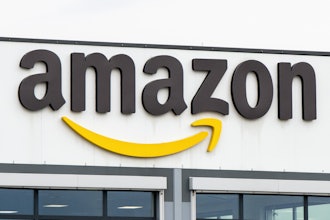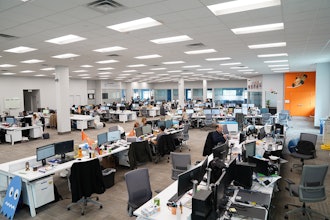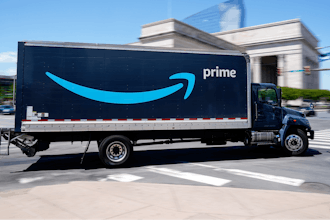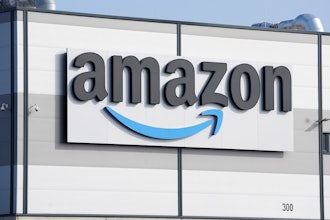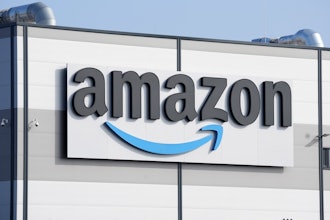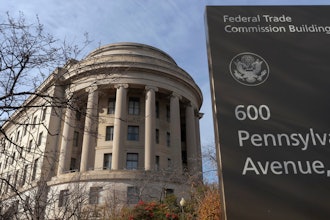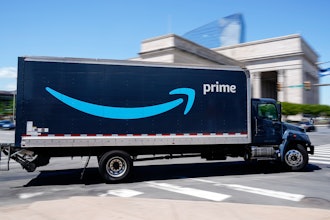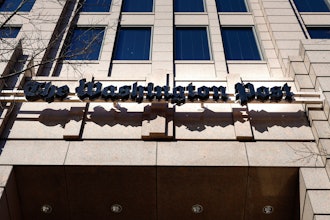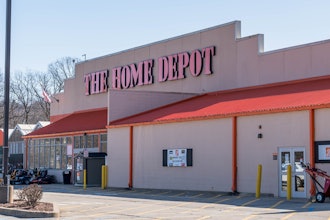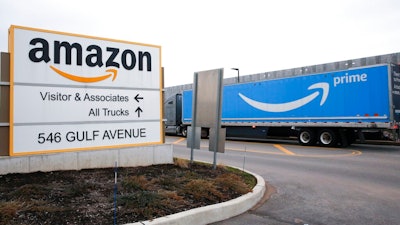
Amazon is heading into its annual Prime Day sales event on Tuesday much differently than how it entered the pandemic.
The company has long used the two-day event — one of its biggest all year — to lure people to its Prime membership, for which Amazon recently raised the price to $139 a year from $119 a year.
Amazon doesn’t disclose total Prime Day sales, though growth estimates for last year’s event had ranged from 7% to 9%. Research firm Insider Intelligence suggests sales could grow even more this year in part because of the event’s mid-July timing, which compared to last year’s June date would allow the company to capture more consumers doing back-to-school shopping.
Amazon could use the boost amid a slowdown in overall online sales. Once the darling of the pandemic economy, the company posted a rare quarterly loss in April as well as its slowest rate of revenue growth in nearly two decades — at 7%. Inflation had added roughly $2 billion in costs.
Amazon also acknowledged it had too many workers and expects its excess capacity from its massive warehouse expansion during the pandemic to total $10 billion in extra costs for the first half of this year.
“It’s causing pain at the moment, and that pain is considerable,” said Neil Saunders, the managing director of GlobalData Retail.
It's quite a reversal from the early days of the pandemic when the e-commerce giant's profits soared as homebound shoppers turned to online shopping to avoid contracting the coronavirus. The demand was so high that Amazon nearly doubled its workforce in the last two years to more than 1.6 million people.
It also increased its warehouse capacity to match the avalanche of orders flooding its site. By the end of 2021, Amazon had leased and owned roughly 387.1 million square feet of space for its warehouses and data centers — more than double what it reported in 2019.
Then, the worst of the pandemic eased. Americans felt more comfortable leaving their homes, and demand also slowed across the board. The retail sector's online sales growth in the U.S., which spiked to 36.4% in 2020, returned to more normal growth in 2021 and 2022, clocking in at 17.8% and 9.4% respectively, according to Insider Intelligence.
Retail sales figures for June, due to be released Friday, will shed more light on how e-commerce is faring. The most recent figures from May showed online sales falling 1% while overall retail sales declined 0.3% from April amid skyrocketing inflation.
“This is a period of time when consumers are being much more frugal thinking about how they’re spending and buying,” said David Niekerk, a former Amazon vice president of human resources who oversaw operations. “That’s having an impact on Amazon.”
Brian Olsavsky, the company’s chief financial officer, has said many of Amazon's warehouse expansion decisions were made as far back as two years ago, limiting what the company can do to adjust midyear. That said, Amazon will spend less on warehouse projects this year compared to last, and transportation investments will be flat to slightly down.
Saunders said the excess capacity is likely to be a short-term problem for Amazon, which he points out has continued to take steps to grow its retail business and draw more sellers to its service. In April, it announced it will extend the benefits of a Prime subscription to online stores beyond its own site, a move that will allow merchants to tap into the company’s vast fulfillment and delivery networks.
To fix its warehousing woes, CEO Andy Jassy said in May the company was going to let some of its leases expire and defer construction on others. Amazon is also subleasing warehouses to cut costs.
Preliminary data from the real estate marketplace provider Costar Group suggests the company is disproportionately shutting down its smaller facilities, which tend to have fewer loading docks and parking and are less efficient to operate, said Adrian Ponsen, Costar's U.S. director of Industrial Analytics.
Still, closures are already creating issues. A handful of workers at an Amazon delivery station in Bellmawr, New Jersey recently walked off the job to protest transfers to other sites after Amazon decided to shutter the facility.
Paul Blundell, an Amazon worker who led the walkout, said some workers wanted to transfer to nearby facilities after being asked to go to sites as far as 20 miles away. They also wanted a $1 hourly raise to make up for the disruption. Meanwhile, the company says employees are being given the opportunity to transfer to other sites with better perks.
Amazon signaled its other problem — overstaffing — emerged after onboarding new hires to fill in for workers who were sick when the omicron variant swept the nation last year. But when the sick workers returned, Amazon had too many people, adding roughly $2 billion in costs. That's a far cry from last year, when the company boosted pay to $18 to attract hourly workers in a tight labor market.
The issue might be solved naturally by the company’s high attrition rate. Saunders said Amazon is also likely to find use for the excess labor as the holidays approach, and might be able to rein in the problem by not hiring new workers in locations where they’re overstaffed.
However it happens, analysts are closely watching how Jassy will attempt to right the ship. A few weeks ago, he tapped Doug Herrington, a 17-year Amazon veteran, to replace Dave Clark, the former head of Amazon’s retail business who unexpectedly resigned last month after 23 years at the company.
Amazon stock has tumbled this year, dropping roughly 39% year-to-date. And Jassy is under the gun to bring back profitability, Nieker said.
“He made a commitment to shareholders and others that he’s going to really focus now on getting back to profitability in the company,” Nieker said. "And a big part of that is the consumer business.”






